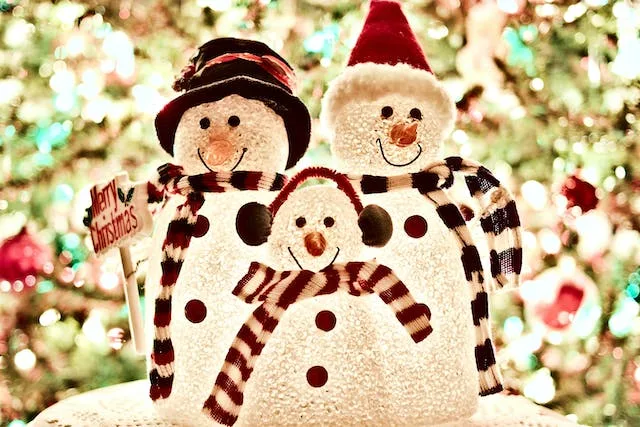
Christmas Tree Syndrome: The Hidden Dangers Lurking in Your Festive Foliage
Introduction
Christmas is a magical time filled with joy, laughter, and the scent of pine filling our homes. Decorating the Christmas tree is a beloved tradition that brings families together. However, what many people are not aware of is that their stunning Christmas tree could be causing a range of health issues. This article will delve into the phenomenon known as Christmas Tree Syndrome and shed light on its potential dangers.
What is Christmas Tree Syndrome?
Christmas Tree Syndrome refers to the collection of respiratory symptoms that individuals may experience when they come into contact with mold spores present in live Christmas trees. These symptoms can be similar to those of hay fever or even asthma. It is believed that the mold spores can be released into the air from the tree and subsequently inhaled, leading to a range of respiratory issues.
The Hidden Culprit: Mold
Mold is a common allergen that thrives in damp environments, including live Christmas trees. As trees are harvested and transported, they can become a breeding ground for mold spores. Once in your home, these spores can be released into the air when you decorate the tree or even just by the sheer presence of the tree. Breathing in these mold spores can trigger allergic reactions in susceptible individuals.
Symptoms of Christmas Tree Syndrome
Individuals affected by Christmas Tree Syndrome may experience a range of symptoms, which can include:
- Sneezing
- Runny or stuffy nose
- Itchy and watery eyes
- Coughing
- Chest tightness
- Shortness of breath
- Wheezing
- Fatigue
Who is at Risk?
While anyone can be affected by Christmas Tree Syndrome, certain groups may be more susceptible. Individuals with pre-existing respiratory conditions, such as asthma or allergies, are particularly at risk. Additionally, those with compromised immune systems, infants, and the elderly may also be more vulnerable to the effects of mold exposure.
Prevention and Management
Thankfully, there are steps you can take to minimize the risks associated with Christmas Tree Syndrome:
- Opt for an artificial tree: Consider using an artificial Christmas tree instead of a live one. Artificial trees do not harbor mold spores and can be a safer alternative.
- Inspect and clean live trees: If you prefer a live tree, thoroughly inspect it for signs of mold before bringing it into your home. Give it a gentle shake to dislodge any loose spores and consider spraying it with a mixture of water and hydrogen peroxide to kill mold.
- Use an air purifier: Invest in a quality air purifier to help filter out any airborne mold spores that may be present.
- Keep the tree well-watered: If you choose a live tree, ensure that it remains properly hydrated. This can help decrease the likelihood of mold growth.
- Limit exposure time: Try to limit the amount of time you spend in close proximity to the Christmas tree, especially if you notice any symptoms of irritation.
More about Christmas Tree Syndrome
There are several factors contributing to Christmas Tree Syndrome:
Mold Spores:
Dust and Pollen:
Moisture:
Choose a Fresh Tree:
Clean and Dust:
Conclusion
While the idea of Christmas Tree Syndrome may dampen the holiday spirit, being aware of the potential risks allows you to take appropriate precautions. By taking steps to prevent and manage exposure to mold spores, you can ensure a safe and enjoyable holiday season for you and your loved ones. So, as you gather around the tree this year, keep a watchful eye out for the hidden dangers that might be lurking within its branches.











0 Comments